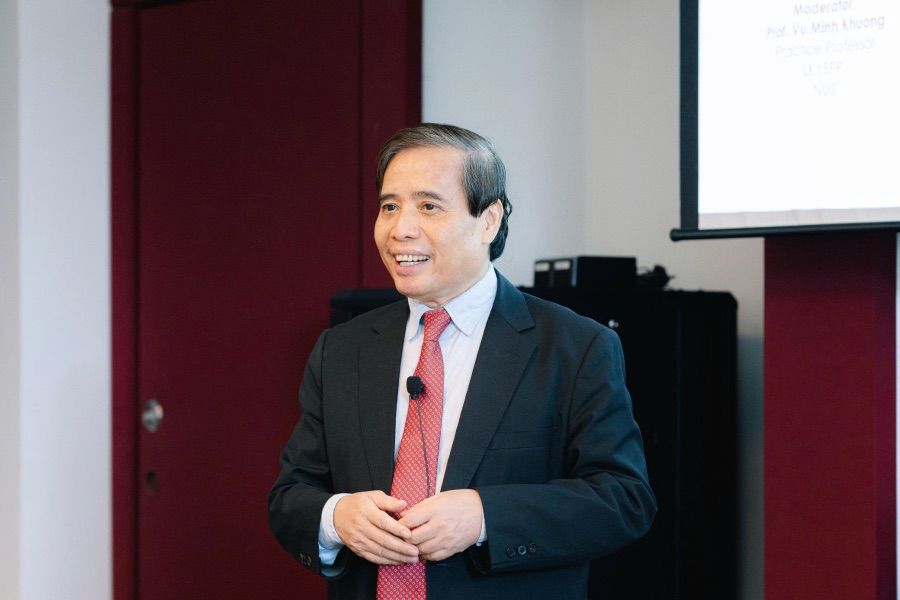On July 22, 2025 Ly Quang Dieu Public Policy School (LKYSPP) has just published a research report with the title "Using 5G to accelerate the AI-led transformation process in ASEAN: Obligations, policy perspectives and recommendations" will provide policy makers with practical strategies to unlock the digital potential of the region.
ASEAN is facing a great opportunity when research shows that 5G technology alone is expected to contribute up to 130 billion USD to the Asia-Pacific economy by 2030. However, the level of 5G application is still large in the region - from 48.3% in Singapore to less than 1% in some ASEAN member countries.
"The convergence between 5G and AI is the infrastructure for innovation, promoting areas such as smart manufacturing, precision agriculture, and autonomous transportation. But ASEAN cannot hesitate. The door to affirm the leading role in the region in smart connectivity is quickly closing". - Professor Vu Minh Khuong from LKYSPP shared.

The first focus is to establish a coordinated digital leadership role to solve the problem of fragrance that is slowing down the progress of the region. Governments need to see 5G as a strategic infrastructure for AI, not simply to upgrade telecommunications, and at the same time urgently narrow the skill gap that is hindering businesses from applying technology.
To ensure ASEAN's digital future, the report proposes 5 strategic priorities:
- Develop national 5G-AI development strategies with a clear roadmap to 2030;
- Establish a coordinating agency with real authority in ASEAN member countries;
- Deploy inclusive and advanced policies to enhance access and innovation;
- Develop an AI ecosystem through public-private partnership;
LKYSPP's report emphasizes that businesses need to be placed at the center of promoting the economic impact of 5G. In addition, private 5G network (private 5G) is a key factor in the 4.0 industrial transformation, while fixed wireless access (FWA) is an effective solution to narrow the connection distance in hard-to-reach areas.
The current 5G deployment is the foundation for the development of 6G by 2030, so current strategic decisions will deeply affect future competitiveness.











